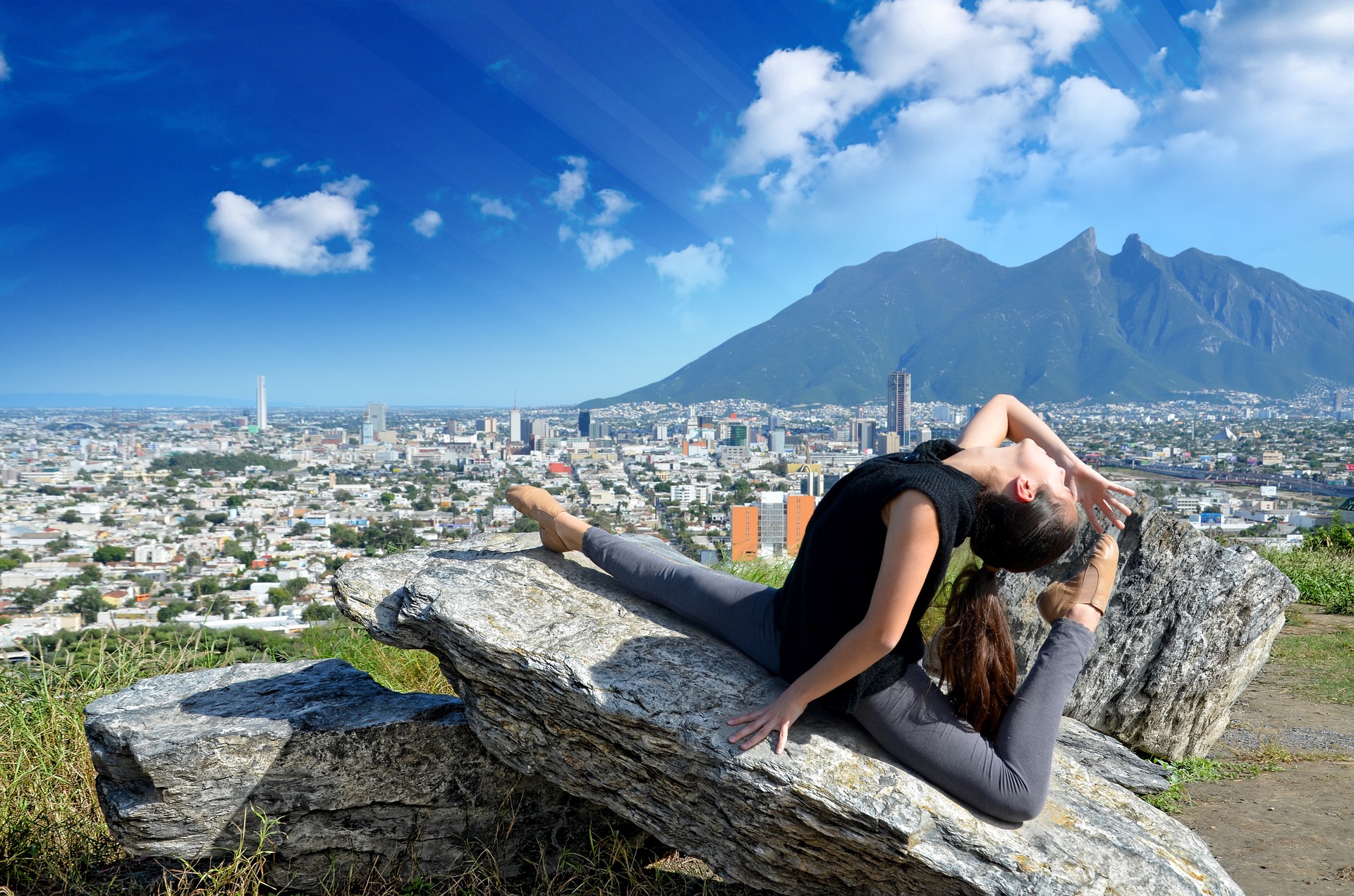During the workshops, there was an atmosphere of deep concentration - each participant persistently pursued his own practice, oscillating between an individual process and a connection with a partner and the rest of the group. The pair work model has revealed some particularly interesting aspects of creative presence, such as dialogue, relationship, mutual inspiration and mutual limitations. That is why workshop talks and exercises often took up the topic of communication and creative cooperation. Through movement tasks in pairs, the exchange of ideas and suggestions for a joint composition, as well as group feedback after each session, the participants considered and tested various ways of negotiating, examining the mechanisms of dependence and the potential that is triggered by the meeting of two different sensitivities. One of the postulates of open art is participation instead of competition. At times, one could get the impression that the participants put more energy and effort into cooperation than into physical activity itself, which was also present during many hours of practice.
Working in duos also drew on the collective dynamics of the group. Joint warm-ups, group exercises and the ongoing exchange of experiences created a supportive atmosphere, which was a kind of vessel for what happened in pairs and in each person. Kate Marsh, who chaired the second convention in October, made every effort to ensure that all participants felt the interaction and benefited from the natural strength of the collective as much as possible. In her classes, she used practices related to contact improvisation, mainly oriented towards attentive coexistence and conscious movement together in space. The dancers had enough time and freedom to get used to the various dimensions of encounters: from meeting their own body and need for expression, through random and intentional encounters with individuals, to meeting everyone with everyone in a shared dance experience. Adaptation is not only a passive adaptation to the situation but an active process of searching for solutions. It is also not inferior or insufficient to the standard answer. Intelligent adaptation means taking up the challenge of being here and now despite various difficulties that at first glance seem to constitute a defect. The point is to practically redefine the very concept of lack and see it as an opportunity instead of an obstacle. Participants tested this approach on their own bodies, finding that there is no correct movement pattern. So they sought an agreement with their "kinesthetic self" while at the same time tuning in to external conditions. The activities during the laboratories were aimed at constantly shifting meanings: the wheelchair became a mobile construction and a dance partner, the non-normative body gained its specific drama, and the performative sign language blurred the line between speech and bodily presence.
Most of the time, the duets worked on their own material, and professional dancers acted as mentors in creative activities. The laboratories were to enable the participants to gain greater awareness of their own artistic vision and find the means of expression appropriate for them. It was primarily an intensive conceptual work: searching for structures for movement and analyzing the content and intentions contained in the dance.
It turned out that in performance, choice and precision are as important as creativity or expression. Participants learned to balance these elements in their practice. In addition, everyone had to research their resources and answer the question: "How much am I able to do?" The motto of the project - "crossing borders" - can be interpreted as ambition, but also as a mature concern for one's own spiritual and vital strength.
In the end, the pairs presented the results of their work. The topics discussed concerned various spheres of existence, from the most intimate ones to social and political matters. Anyway, in the case of a project focused on the development of open art, private and public dimensions are strongly intertwined. Each of the participants danced their own story, but on stage, these stories could become a reference point, stimulus for reflection, and shared experience. The performers saturate their movement with an intense presence that engages the viewer in non-verbal communication. Thanks to the capacious metaphor of dance, a space for meeting above the barriers has opened up.

